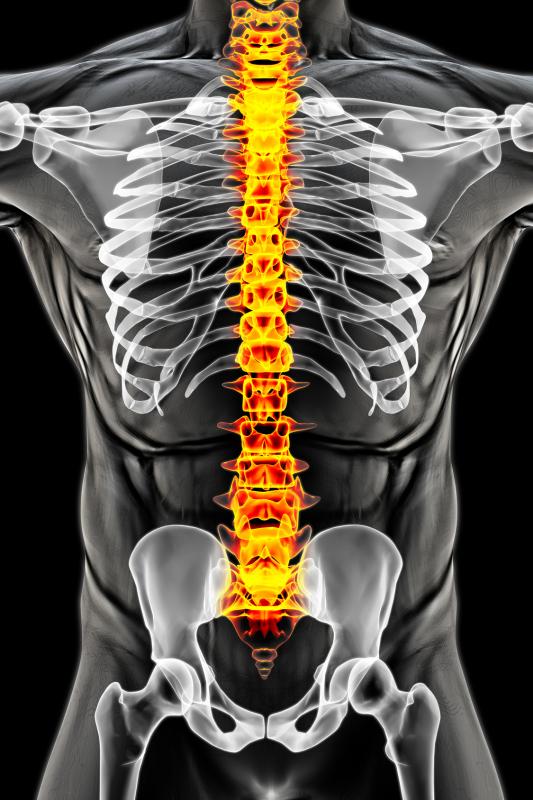
Young patients with psoriatic arthritis (PsA) are predisposed to degenerative disc disease (DDD), which appears to be associated with demographic features, comorbidities, and disease-related factors, suggests a recent study.
Of the 814 patients included in the study, 316 (38.8 percent) had DDD on plain radiographs of the spine. The development of DDD was associated with older age (hazard ratio [HR], 1.08; p<0.01), male sex (HR, 1.52; p=0.03), diabetes mellitus (HR, 2.35; p=0.045), and inflammatory back pain (IBP; HR, 2.03; p<0.01).
Additionally, a “trending association” was observed with DDD for the following factors: being employed (vs unemployed), higher BMI, calcaneal spurs, and targeted disease-modifying antirheumatic drug use.
The generalized estimating equations (GEE) analysis revealed no significant association between abnormal imaging findings and back pain or IBP.
“IBP does not reliably distinguish between axial PsA and DDD,” the researchers said.
This study included PsA patients aged <50 years who were followed in a prospective observational cohort. DDD was defined as intervertebral disc space narrowing, spur formation, facet joint arthrosis, and spondylolisthesis on anteroposterior and lateral plain radiographs of the cervical and thoracolumbar spine.
Multivariate Cox regression analysis was conducted to identify factors associated with DDD development. GEEs were used to test the association between imaging findings (isolated DDD, isolated axial disease, and both) and the type of back pain.